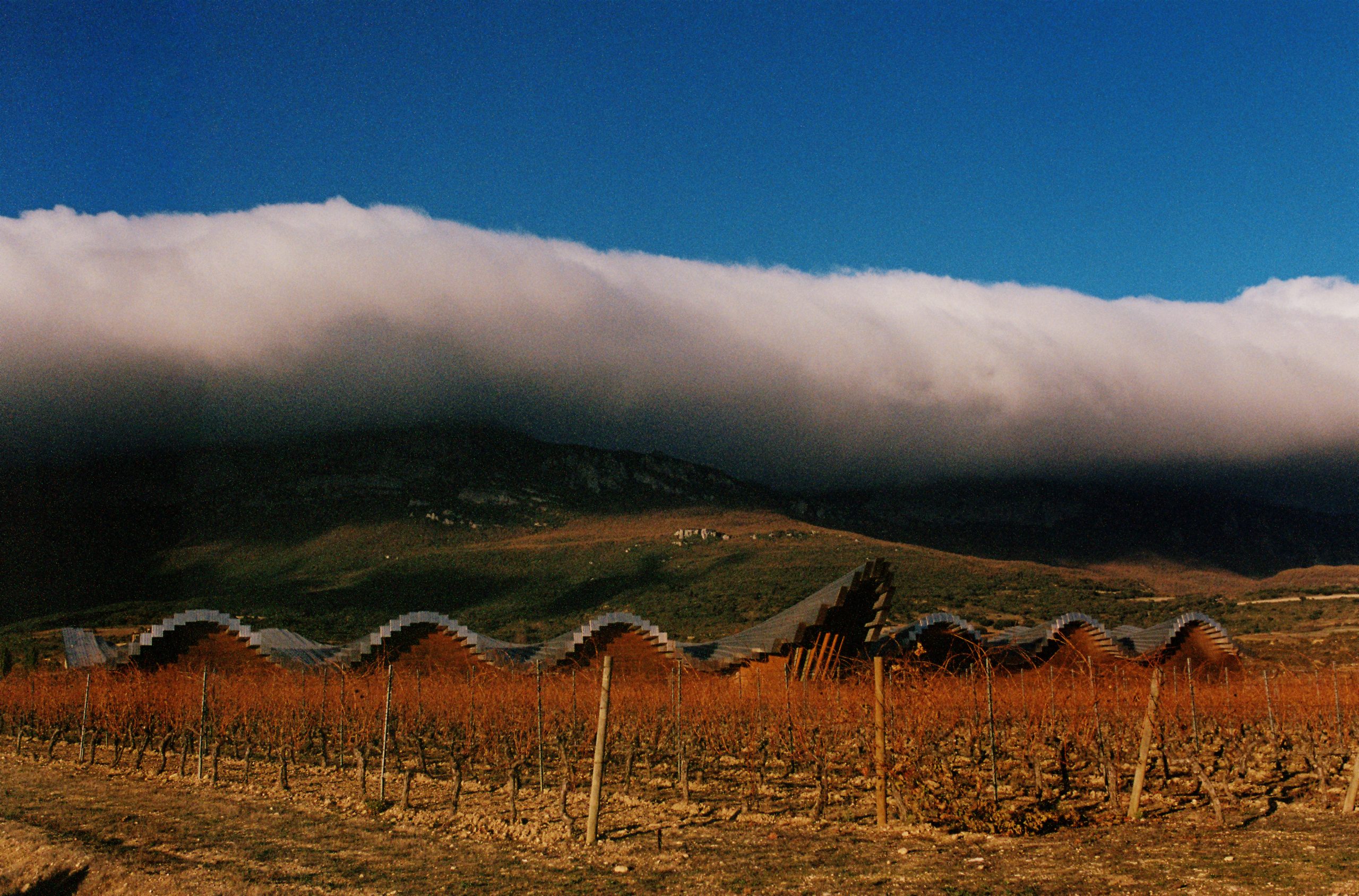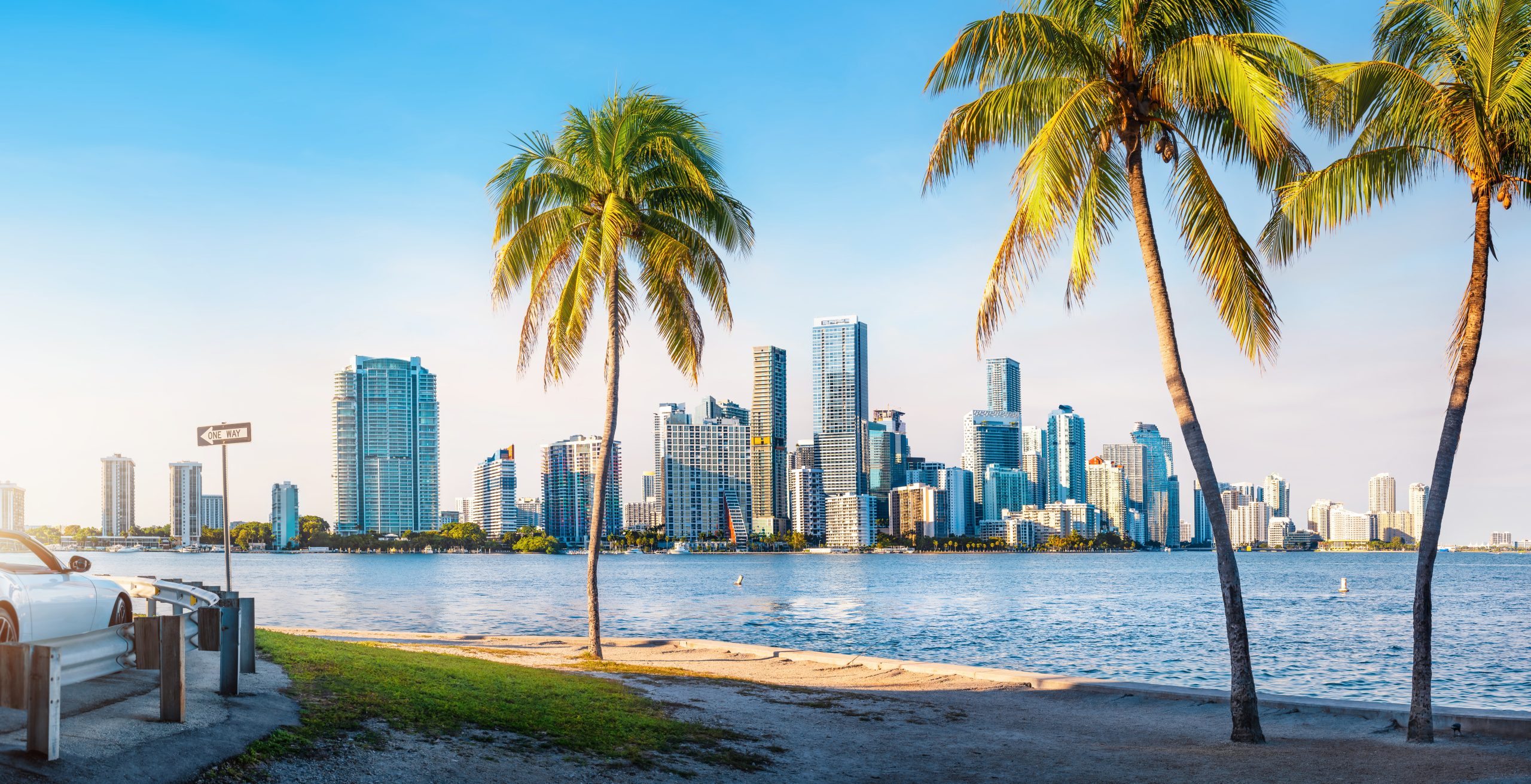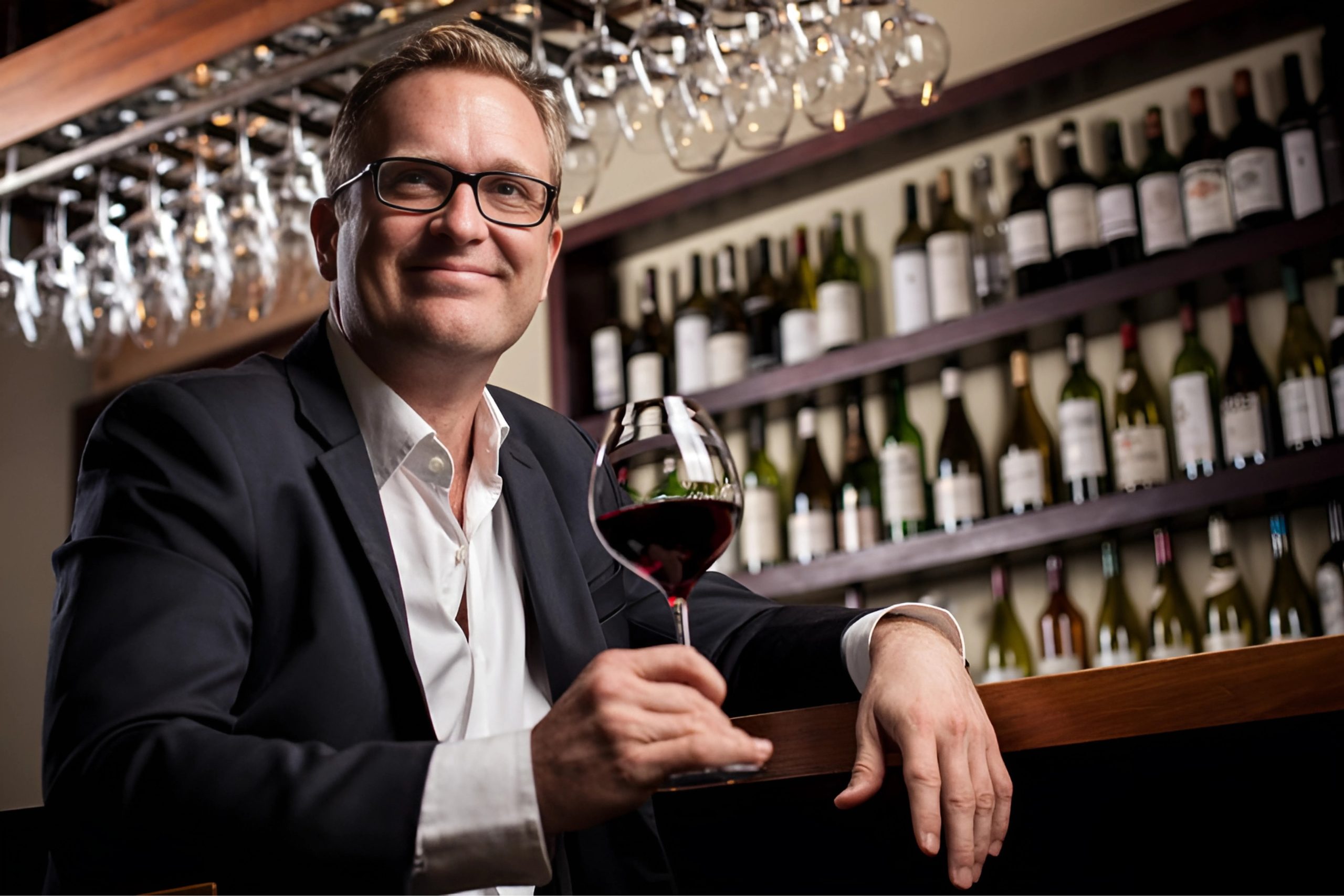En primeur: Why 2021 Bordeaux is a ‘marmite’ vintage
In the second part of db’s 2021 initial en primeur evaluation, Bordeaux correspondent Colin Hay explains why the 2021 vintage is a ‘marmite vintage’, answering some of the questions he posed in his recent vintage report.

While for me, 2021 is a very strong (if not exceptional) Bordeaux vintage born in the context of extreme climatic adversity, the return to a cool-vintage classicism is dividing the critics and will not be to everyone’s taste.
In order to guide you through the vintage I return to some of the questions that I posed – and left unresolved – in the vintage report that I drafted on the slow train to Libourne some two weeks – and 350 tasting notes – ago.
1. Has a silk purse really been crafted from the meteorological pig’s ear?
There is no short answer to this question other than perhaps the rather trite, ‘yes and no’. What is clear to me – much more so now having spent close to two weeks of extensive tasting in and around Bordeaux – is that these wines, in general, are far better than we had any right to expect given the immensely challenging meteorological conditions of the growing season.
They could not have been made even a decade ago. That is testament of course to the significant strides made in recent years in the science of viticulture and oenology. But is no less significantly a product of the skill, acumen, dedication and sheer persistence of wine-makers and (above all) vineyard managers and, more importantly still, the improved reactivity of their teams in the vineyard. This is a vintage that, quite simply, should not have turned out as well as it has. It is an alchemy born of sheer hard graft in the vineyard. That, above all, we should be celebrating.
The best wines, as I have already argued, are exceptional – even if there are relatively few of them capable of challenging the best of the last three vintages.
In most cases, however, the vineyard conditions during the growing season do leave their trace in the wine. Tasting widely and listening to wine-makers as one does so, one has a very palpable sense of the trade-offs that were negotiated – above all the (more or less judicious) balancing of density and concentration in the mid-palate, on the one hand, with the risk of bitter and astringent tannins on the finish, on the other. Inevitably, some properties have managed these trade-offs better than others. The results are highly uneven and the devil lies in the details of the appellation-by-appellation tasting notes that I will publish over the next few weeks and as the wines are released.
But a series of characteristic problems of the vintage can be identified. They include, but are far from being restricted to: a simple lack of ripeness and maturity in some cases (necessitating a significant return to the use of chaptalisation and even reverse osmosis to augment alcohol levels in practically all appellations); greenness through the injudicious extraction of raw pip tannins; marked acidity on the attack that is often even more noticeable (and destabilising) on the finish; dilution and a lack of mid-palate density and concentration; the, often related, sensation that the fruit is stretched over too substantial a structural frame; and, in some cases, a tell-tale herbal dryness at the beginning and the end of the palate that comes from the poor sanitary health of the bunches (most often in wines that were mechanically harvested and with a higher proportion of Merlot).
2. Is this really a Cabernet vintage (for the reds)?
Trite though it may well be, ‘yes and no’ works quite well here too. Merlot was certainly very difficult in this vintage. It is more prone to frost damage in the first place (not least because it is typically more precocious that the other red varietals of the region). It is also more prone to mildew and, indeed, to rot and botrytis. To make matters worse, it was also made yet more likely to suffer mildew, rot and botrytis by virtue of having been more exposed to frost in the first place. And finally, it was also marginally more prone to dilution and more difficult to harvest at optimal ripeness given the challenging meteorological conditions in the picking window.
Yet, all of that said, Merlot proved more challenging on the left-bank (where it is, of course, less extensively planted) than it did on the right (where it is more dominant). The results are very uneven. They make simple generalisations impossible.
For, surprising though it may seem, some truly memorable monocépage Merlot wines have been made – Petrus and Le Pin, for instance, are both ethereally beautiful (albeit in rather different ways). But these are exceptions to the more general rules (in this vintage and more widely). Arguably more illuminating is the natural experiment of tasting through J. P. Moueix’s extensive range of leading plateau Pomerols. For, although they are all very strong in the context of the vintage (as they invariably are), it is not their 100% Merlot wines (such as Trotanoy, Latour à Pomerol or Lafleur-Gazin) that shine most brightly, but those with a higher proportion of Cabernet Franc (Certan de May, Hosanna and, above all, La Fleur-Pétrus).
That, I think, tells us something quite interesting. Whilst it is certainly possible to produce great right-bank 2021 in the absence of Cabernet Franc (and, to a lesser extent, Sauvignon), the more of the latter one has at one’s disposal the greater ones chances are likely to be.
If that is true in St Emilion and Pomerol, it is even more the case on the left-bank. It is not by accident or chance that Latour and Lafite are both 96% Cabernet Sauvignon, or that Léoville-Las-Cases and Pichon Comtesse de Lalande are, respectively, 98 and 95% Cabernet Sauvignon and Cabernet Franc combined. On the left bank, then, potential greatness is much more closely (if far from perfectly) aligned with the percentage of Cabernet Sauvignon in the final blend.
3. …. and a Sauvignon Blanc vintage (for the whites)?
This is much easier to answer definitely. No, this is not a Sauvignon Blanc vintage. But what it is, is a truly exceptional vintage for both Bordeaux blancs secs and Sauternes and Barsac.
The dry whites are powerful, with great mid-palate density and concentration. But crucially, they are also characterised by a bright, fresh and lifted acidity bringing extraordinary tension to the wine. They are simply not to be missed.
If anything, that is even more the case for Sauternes and Barsac. Tragically, the quantities produced are miniscule – with a final yield at Suduiraut, for instance, of a derisory 1 hl/ha. With quantities so limited, it will be difficult to secure an allocation of even a case en primeur. But these wines are definitely worth seeking out, speaking as they do so eloquently of their terroirs. They are energised and enlivened by the extraordinary tension between the almost perfect botrytis that formed on fully-ripe grapes and the characteristic freshness and acidity of the vintage.
4. Is this a left-bank or a right-bank vintage? And which appellations have excelled?
The first part, at least, of this question is also easily and categorically answered. No, this is neither a left-bank nor a right-bank vintage. What it is, is a massively heterogeneous and uneven vintage. But that heterogeneity is no more or less present on either side of the water.
Indeed, heterogeneity is at the very heart of this vintage and to any understanding of its complexity. The only exceptions, as already noted, are Barsac, Sauternes and, for their whites alone, Pessac-Léognan and Graves. It is in fact difficult to think of a single wine from any of these appellations that I have tasted that is not at least as good in 2021 as in any of the last three vintages.
Partner Content
That cannot be said for the reds. But that notwithstanding, there are great wines to be found in each of the leading red appellations.
On the left-bank I was particularly impressed by the wines of Margaux, which now feel more authentically of their appellation and their (varied) terroirs than they have done so at any point in the last decade. Margaux has been rising and it continues to rise even in a difficult vintage such as this. It is also at the heart of the ‘new classicism’ that this vintage helps to consolidate – not least because of the influence of Eric Boissenot and the team of consultants he has assembled around him.
I was impressed, too, as I have so often been in recent years by the (at least comparative) homogeneity of St Julien – with Léoville Las Cases and a truly exceptional Gruaud Larose leading a closely-bunched pack. Pauillac and St Estèphe I found much more heterogeneous – though, as one would imagine, the first growths, both Pichons and Lynch-Bages shine brightly in the former, just as Montrose, Cos d’Estournel and Calon-Ségur stand out in the latter.
On the right-bank, the plateau of Pomerol is extremely strong once again, with the characteristics of the vintage seemingly reinforcing the identity of each of the great Pomerol estates. One will always have one’s own stylistic preferences for one or other, but Lafleur, Petrus, Le Pin, VCC, L’Eglise-Clinet, La Conseillante and L’Evangile are all exceptional – and they are by no means alone.
St Emilion, as ever, is more of a mixed bag (as, to be fair, is off-plateau Pomerol). Ausone, Angélus, Cheval Blanc, Figeac and Pavie have all made very strong wines – with Ausone a potential candidate for wine of the vintage. The wines of the plateau are, however, more heterogeneous. But there are plenty of successes at all price points and from a great variety of terroirs, including the plateau. It is in St Emilion too (though also in Margaux) that one finds perhaps the most interesting examples of wines strongly influenced in their personality by organic and biodynamic wine-making (a theme to which I will return in more detail in my appellations profiles).
Pessac-Léognan is highly uneven too, though there are remarkable wines from Les Carmes Haut-Brion, Haut-Brion and La Mission, Domaine de Chevalier and Haut Bailly to name but a few.
5. Is this a vintage for the European rather than the new world palate?
Finally, we come full circle in returning to the likely critical appraisal of this vintage. It might well be said that this is vintage for the European palate – a cool summer vintage that is open and aromatically expressive, with lots of energy and freshness, low alcohol, relatively moderate extraction and minimal to low influence of wood.
But it is a little too simplistic to couch things in such stark terms.
What we have is a vintage whose identity has contributed to the consolidation of a stylistic trend evident, to varying degrees, over the last 5-10 years. What we see is a return in 2021 to cool vintage (or, more accurately, cool summer) classicism. That, as I have suggested, is unlikely to be to everyone’s taste – and it is already starting to divide the critics.
Some critics, I suspect, have a problem with this new classicism per se. They want more volume, more amplitude, more structure, more density and they are prepared to sacrifice a certain amount of accessibility and drinkability in the short-term for it. Others, I suspect, have more of a problem with the cool vintage variant of new classicism than with new classicism per se. They liked and supported the trend, especially in hot summer vintages, not least as a form of compensation for climatic excesses. But they now find themselves rather less keen on what it delivers in a cooler summer vintage.
And there are those, of course, who like the new classicism in both its hot and cooler summer variants. If it’s not already clear, I’m an enthusiastic – I liked the warm summer variant of the new classicism (most evident in 2020) and I like, almost as much, the cool summer variant that we now find in 2021.
As this suggests, 2021 could turn out to be something of a ‘marmite vintage’ – you’ll either love it or you’ll hate it, but it’s unlikely to leave you cold.
Read more:
En primeur: Bordeaux 2021’s cool-vintage new classicism
En primeur 2021: attractive pricing is the way to stimulate demand, Liv-ex warns
Bordeaux 2021 vintage report: Coping with climatic adversity
Related news
Bordeaux 2024 en primeur: St-Estèphe confounds expectations




